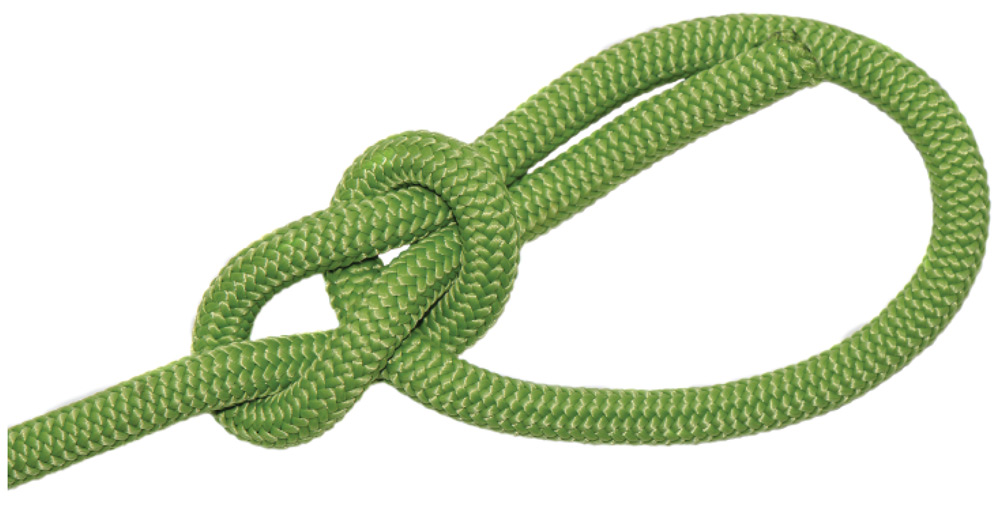The knots you need to know
Mastering a handful of knots will give you a full arsenal of options on board
Rope, line, cordage, whatever you call it, has been with us since the beginning of sailing time. To put a piece of rope to use, you must attach it to something, which often requires a knot. The body of knot knowledge is surprisingly large, but just five or so knots will serve you well. Let’s dig into the hows and whys of knots to arm you with the knowledge to use the correct knot for a given application.

To be useful, a knot must be relatively easy to remember how to tie; no one is going to carry around a knot book each time a knot is needed. There are mnemonic devices—the bowline’s rabbit and hole, for instance—that we rely on. The internet has given us endless knot resources, including animated guides showing how to construct a knot with step-by-step animations forward and reverse. My favorite guide is Animated Knots (www.animatedknots.com).
Security is the next requirement; you want the knot to stay in place. Security is largely a factor of the application; where there is more risk, more security is needed. The geometry of the knot drives security, but technique can influence things, too. For example, when tying to an anchor, it’s common to use two half hitches and then to seize or stitch down the bitter end of the rope to prevent the knot from untying. You’ll sometimes see a bowline backed up with half hitch for the same reason.
Security is often a tradeoff with ease of removal. Very secure knots will sometimes cinch up tightly to the point where tools are required to untie them. The security of these knots may make the tradeoff work it, but it’s not appropriate for any situation in which a line may need to be removed quickly for safety or convenience.
The material that a knot is tied with can impact security and ultimate strength. The knots we know and love were developed using natural fibers like hemp and transitioned well to nylon and Dacron. The same knots don’t necessarily work well in newer stronger, slippery fibers like Dyneema, Spectra and Kevlar. These new materials are so strong and slippery that a knot will crawl out at a relatively low tensile load. I am not saying that a bowline will just fall out of a piece of a Dyneema cordage, but the knot will slip at roughly 25% of the tensile strength of the rope. That same bowline will hold approximately 90% of the strength in nylon or Dacron. If you use Dyneema or a similar high-tech line, you will need to splice it or limit the usage to very low tensile loads.

Comments